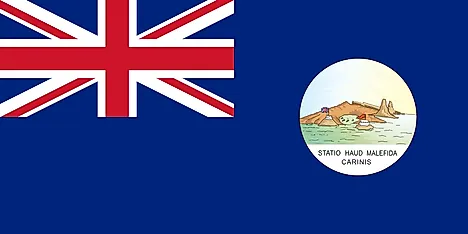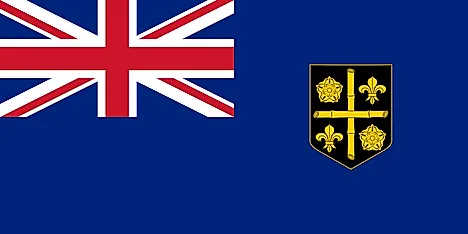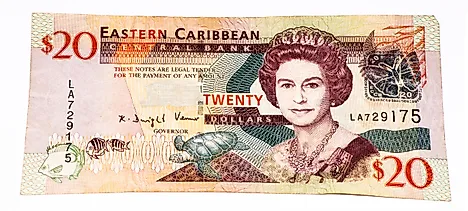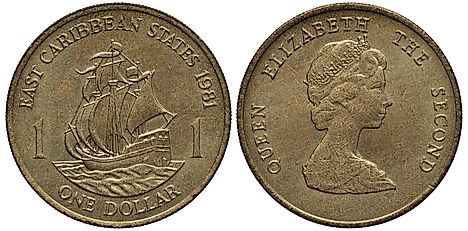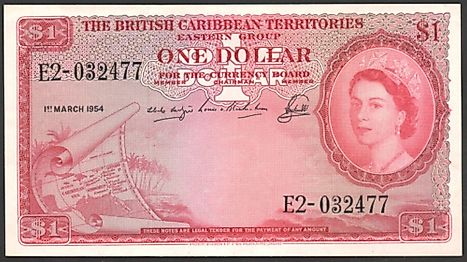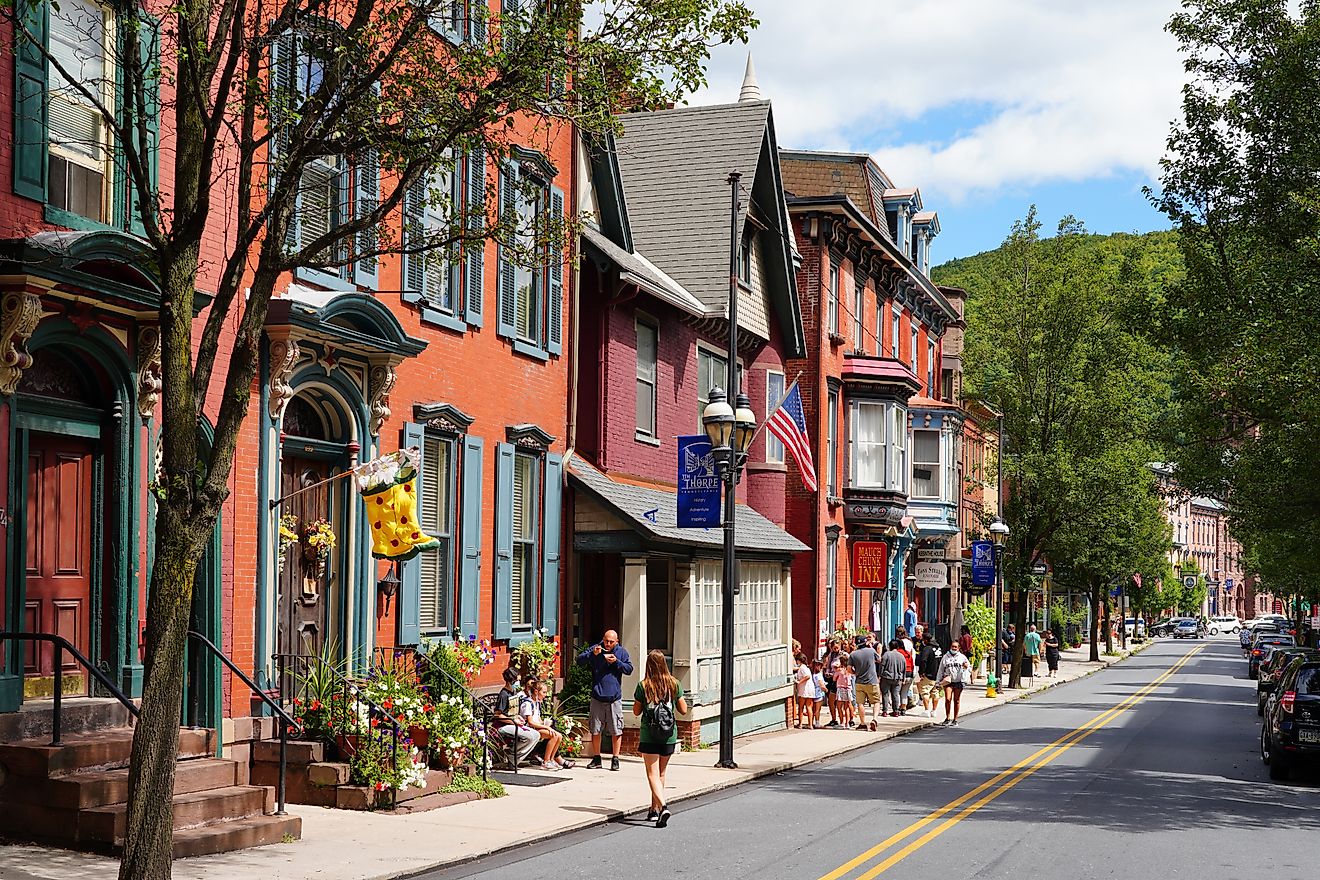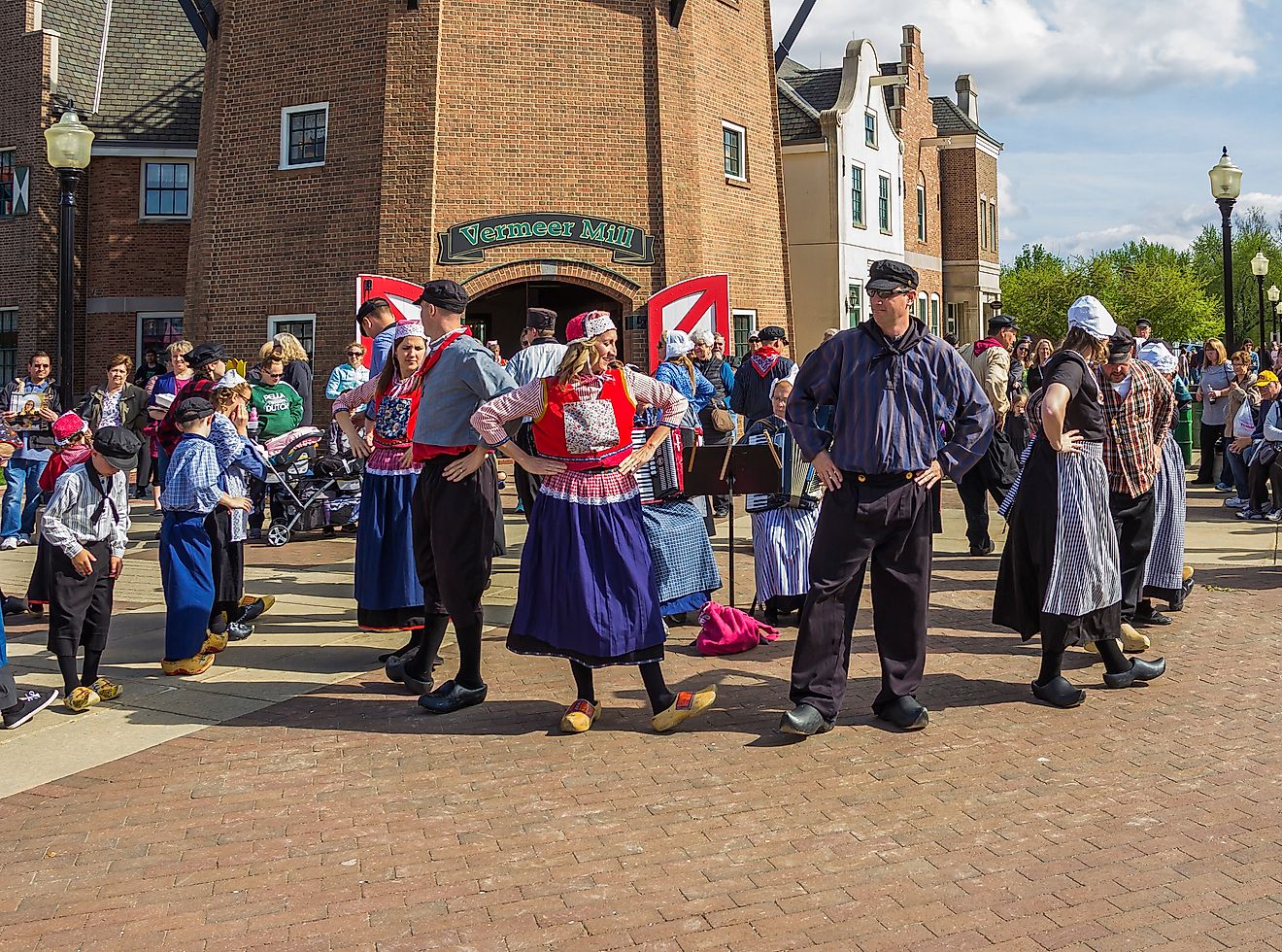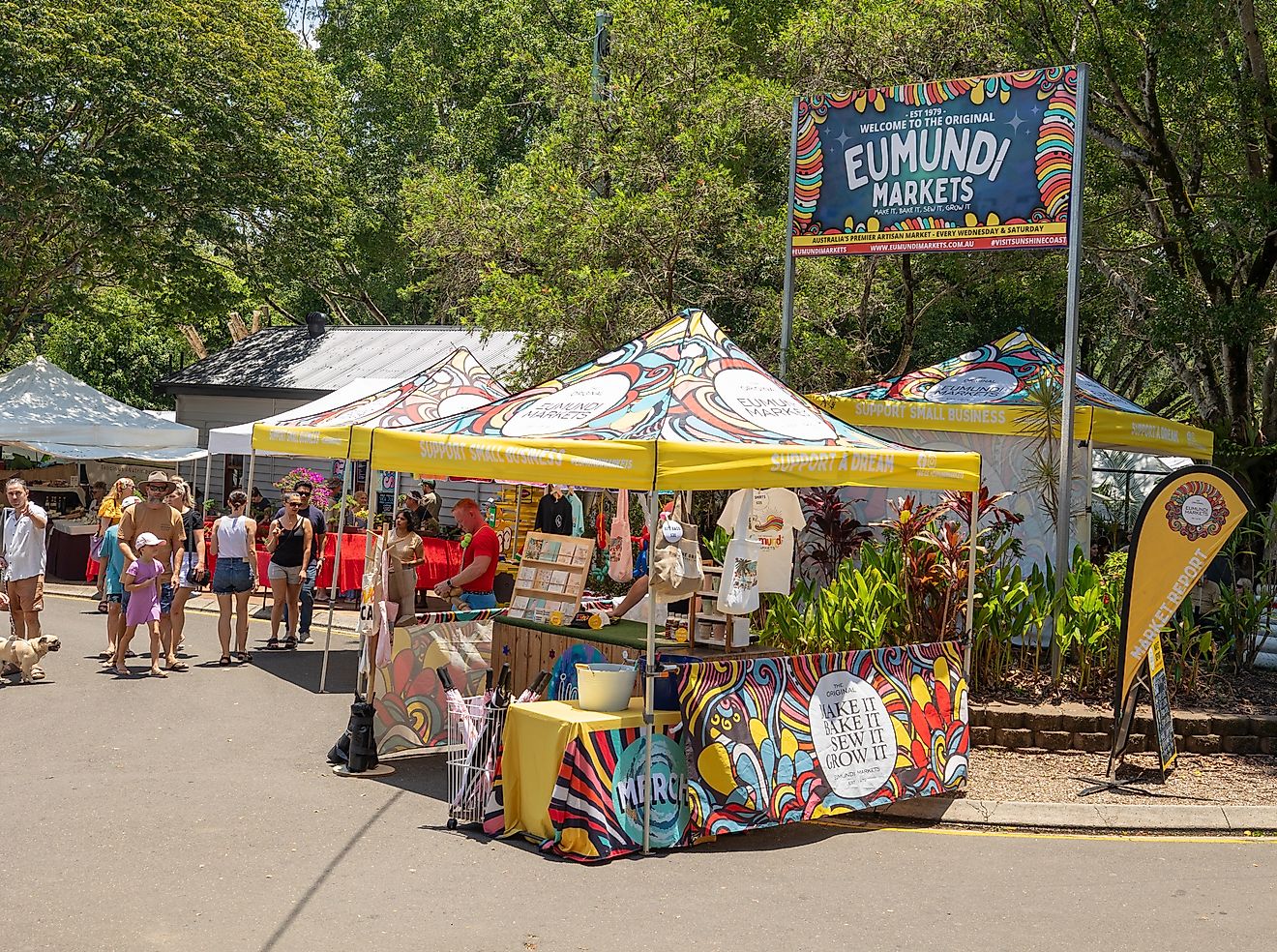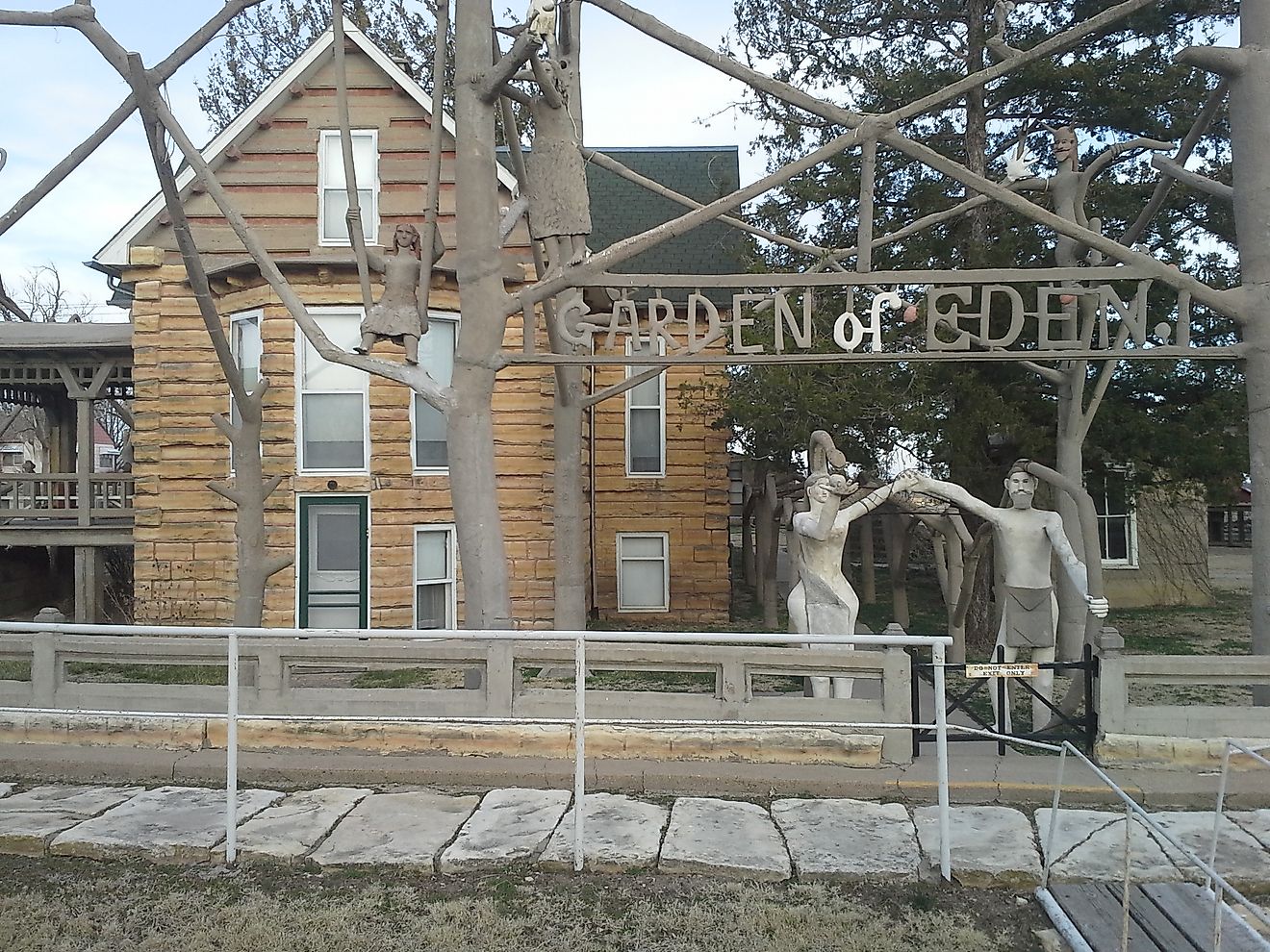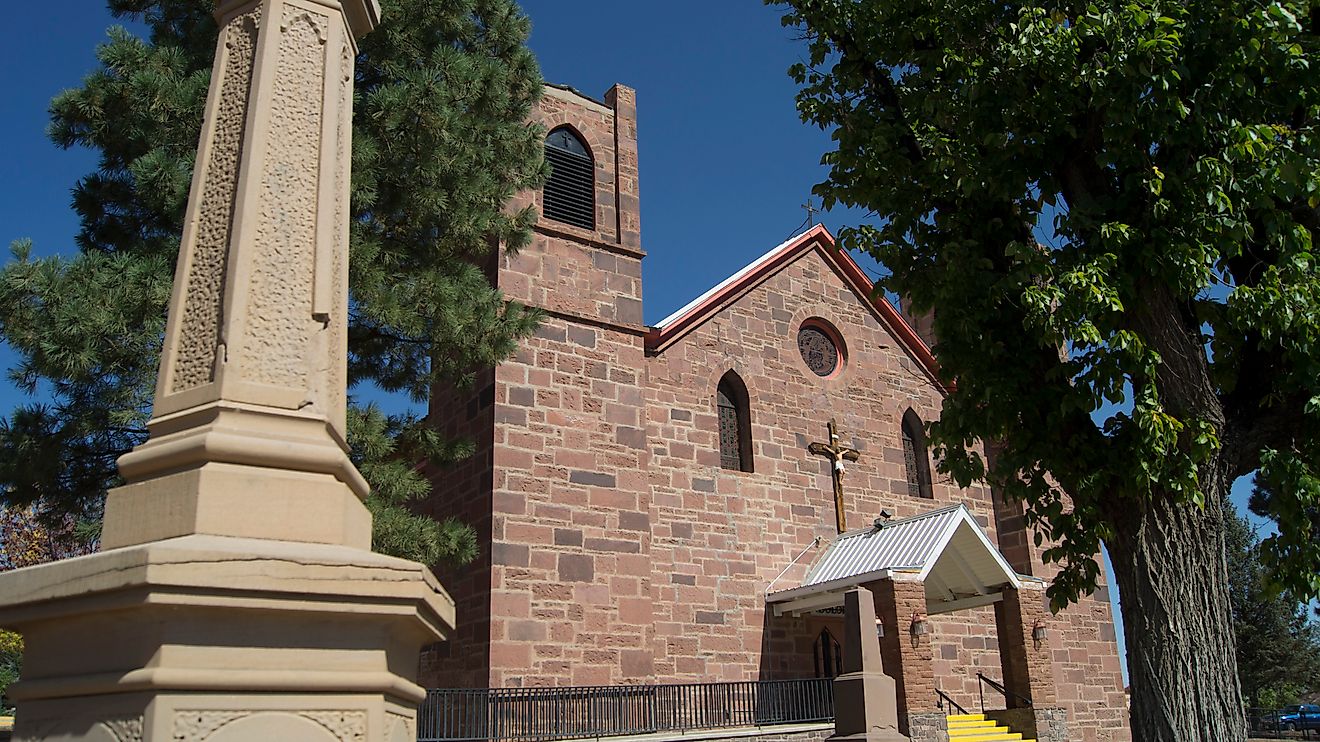Flags, Symbols, & Currencies of Saint Lucia
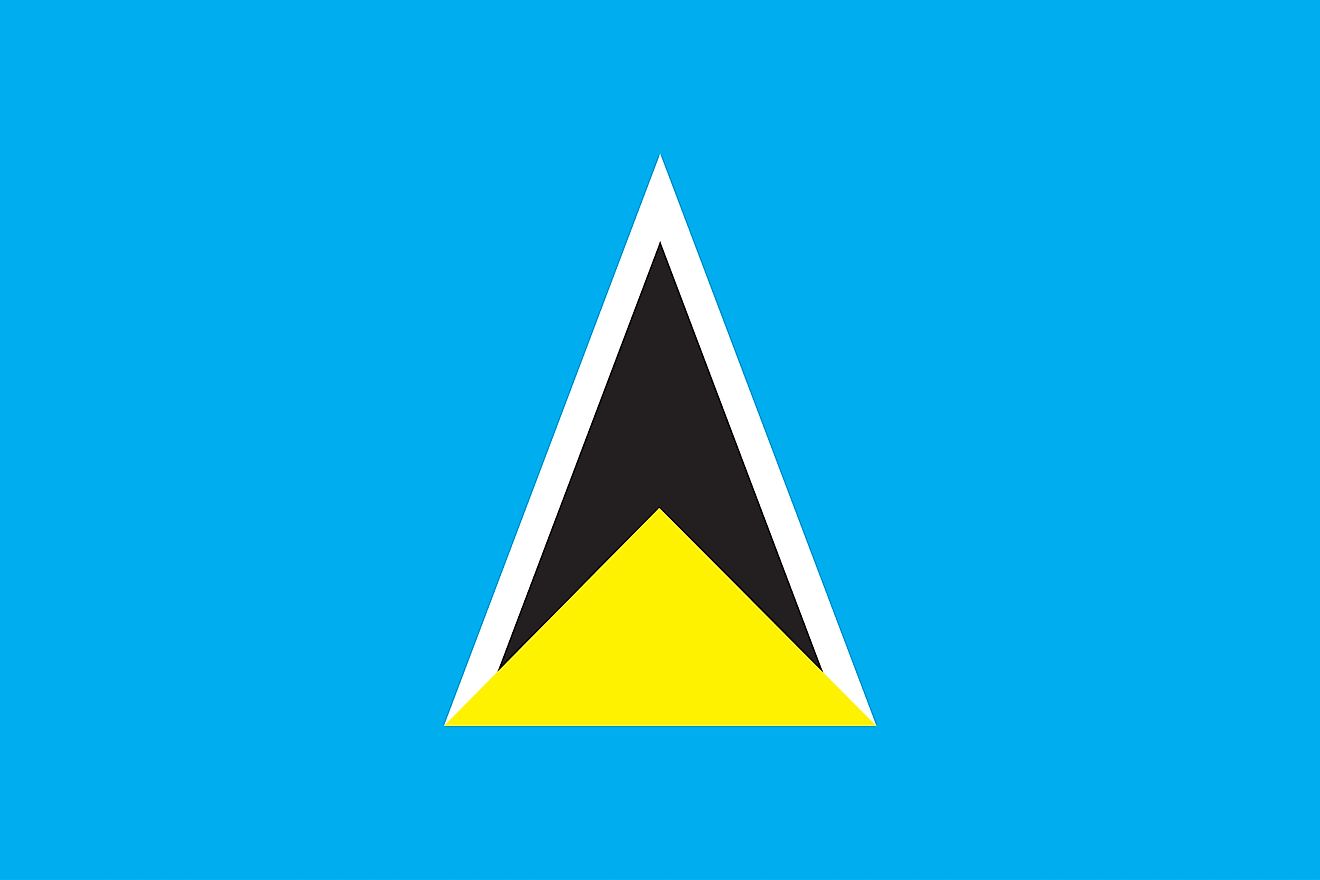
The flag of St. Lucia was officially adopted on March 1, 1967, to replace the Blue Ensigned defaced with colony's arms. It has been the flag of Saint Lucia since independence from the British. Although it has remained largely unchanged, certain aspects have been changes, such as the shade of blue and size of triangles. The flag of Saint Lucia has a cerulean blue field. In the center of the field, there are two triangles. A yellow smaller triangle in of a a black isosceles triangle with white edges.
The colors and symbols used in the flag of Saint Lucia are symbolic and have meanings. The blue color of the flag stands for the sea and the sky. It represents the Caribbean Sea and the Atlantic Ocean. The black and white colors represent the harmonious relationship between the people of white and black races on the islands. Prosperity and sunshine are symbolized by the yellow color of the flag. The two triangles represent the two volcanic cones of Saint Lucia. The triangles also represent unity.
History of the Flag of Saint Lucia
During the French and the British colonial period, Saint Lucia never had a unique colonial flag. However, in August 1939, the British allowed the island to have its own coat of arms. Later, this new emblem was used to deface the British Blue Ensign to symbolize the British colony of Saint Lucia. On March 1, 1967, a new flag was adopted to represent the territory of Saint Lucia. The flag was designed by an indigenous artist named Dunstan St Omer. Following the independence of the country, the former flag was adopted again with slight changes in design. The shade of the blue color and the size of the triangles in the flag were slightly altered.
Symbols of Saint Lucia
National Coat of Arms of Saint Lucia
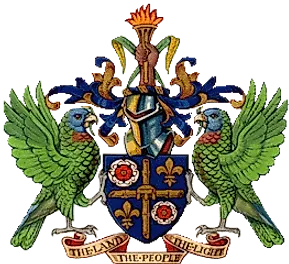
Sydney Bagshaw designed the coat of arms of Saint Lucia in 1967 and the arms was adopted the same year. The Coat of Arms is an amalgamation of different symbols. It consists of a blue shield comprising a cross of two bamboo sticks, symbolizing the African heritage of the people brought to the island. On the upper left quarter and lower right quater are the Tudor Rose representing the English influence on the island. The Fleur de lis on the upper right and lower left quarters represents the French influence on the island. On top of the shield is a hand holding a torch with gold flames. The torch is a beacon to light the path to the future. On either sides of the shild are the Saint Lucia parrots (Jacquot) with elevated wings suporting the shield with their right legs. On the ribbon below the shield is the national motto, "The Land, The People, The Light".
National Anthem
- Anthem Title: Sons and Daughters of Saint Lucia
- Music composer: Leton Felix Thomas
- Lyricist: Charles Jesse
- Date of Adoption: 1967 (confirmed in 1979)
The national anthem of Saint Lucia is a three-verse song titled "Sons and Daughters of Saint Lucia." It calls on the people to love their beautiful land, reminds them of their independence, and a prayer to God for blessings, protection, and unity. The anthem's lyrics were written by Charles Jesse and set to music by Leton Felix Thomas in 1967. It was adopted in 1967, when Saint Lucia attained independence from the British and confirmed as the national anthem in 1979.
Sons and Daughters of Saint Lucia
Sons and daughters of Saint Lucia,
love the land that gave us birth.
Land of beaches, hills and valleys,
fairest isle of all the earth!
Wheresoever you may roam,
Love, oh love, our island home.
Gone the times when nations battled
For this Helen of the west.
Gone the days when strife and discord
dimmed her children's toil and rest.
Dawns at last a brighter day,
stretches out a glad new way.
May the good Lord bless our island,
guard her sons from woe and harm.
May our people live united,
strong in soul and strong in arm.
Justice, Truth and Charity,
our ideal forever be!
The Currency of Saint Lucia is the East Caribbean dollar
The East Caribbean dollar is the official currency in circulation in Saint Lucia. The currency is used in six other Eastern Caribbean states namely Saint Vincent and the Grenadines, Montserrat, Antigua and Barbuda, Grenada, Saint Kitts and Nevis, and the Dominican Republic. Production, issuance, and regulation of the currency are done by the Eastern Caribbean Central Bank. When the currency was introduced, it was in the form of bank notes in the values of 1, 5, 20, and 100 dollars. All of the notes bore the image of Queen Elizabeth II. The first East Caribbean dollar coins were not issued until 1981. The lowest coin value is 1 cent and the highest coin value is one dollar. In 2012, new banknotes with enhanced features such as braille characters were issued to help visually handicapped users.
Other Currencies
Although the East Caribbean dollar is the official legal tender in Saint Lucia, traders often use other international currencies such as the US dollar, Canadian dollar, and the British pound in their businesses. The East Caribbean dollar has been a stable currency throughout the four decades it has been in circulation. The currency has a fixed exchange rate to the US dollar at 2.7 East Caribbean dollars for 1 US dollar. Electronic money is also commonly used in the country’s popular tourist resorts.
Historical Currencies of Saint Lucia
The first formal currency to circulate in Saint Lucia was the Saint Lucia livre which was introduced by French authorities. Subsequently, the island adopted the Mexican and Spanish dollars which were the currencies in circulation in most Caribbean nations during the 17th and 18th centuries. After Great Britain had gained control of Saint Lucia, the authorities introduced British Sterling coins as the official currency on the island in 1851. Despite the introduction of British Sterling coinage, Saint Lucia continued to trade using Mexican and Spanish dollars alongside the Sterling. The Mexican and Spanish dollar coins stopped circulating after the international crisis in the production of silver coins occurred in 1873. Similarly, in 1955, the British Sterling coins stopped circulating and were subsequently substituted by the British West Indies dollar.The British West Indies dollar had been circulating in most Eastern Caribbean nations before it was introduced in Saint Lucia. The new currency was issued and regulated by the British Caribbean Currency Board (BCCB). The reason for the introduction of the currency by the British authorities was to have a uniform currency for all of its colonies in the West Indies and Eastern Caribbean. In 1964, Jamaica, Trinidad, and Tobago led the attempt to use a single currency which led to the collapse of the British West Indies dollar. One year later, Saint Lucia abandoned the British West Indies dollar for the newly created currency, the East Caribbean dollar.
